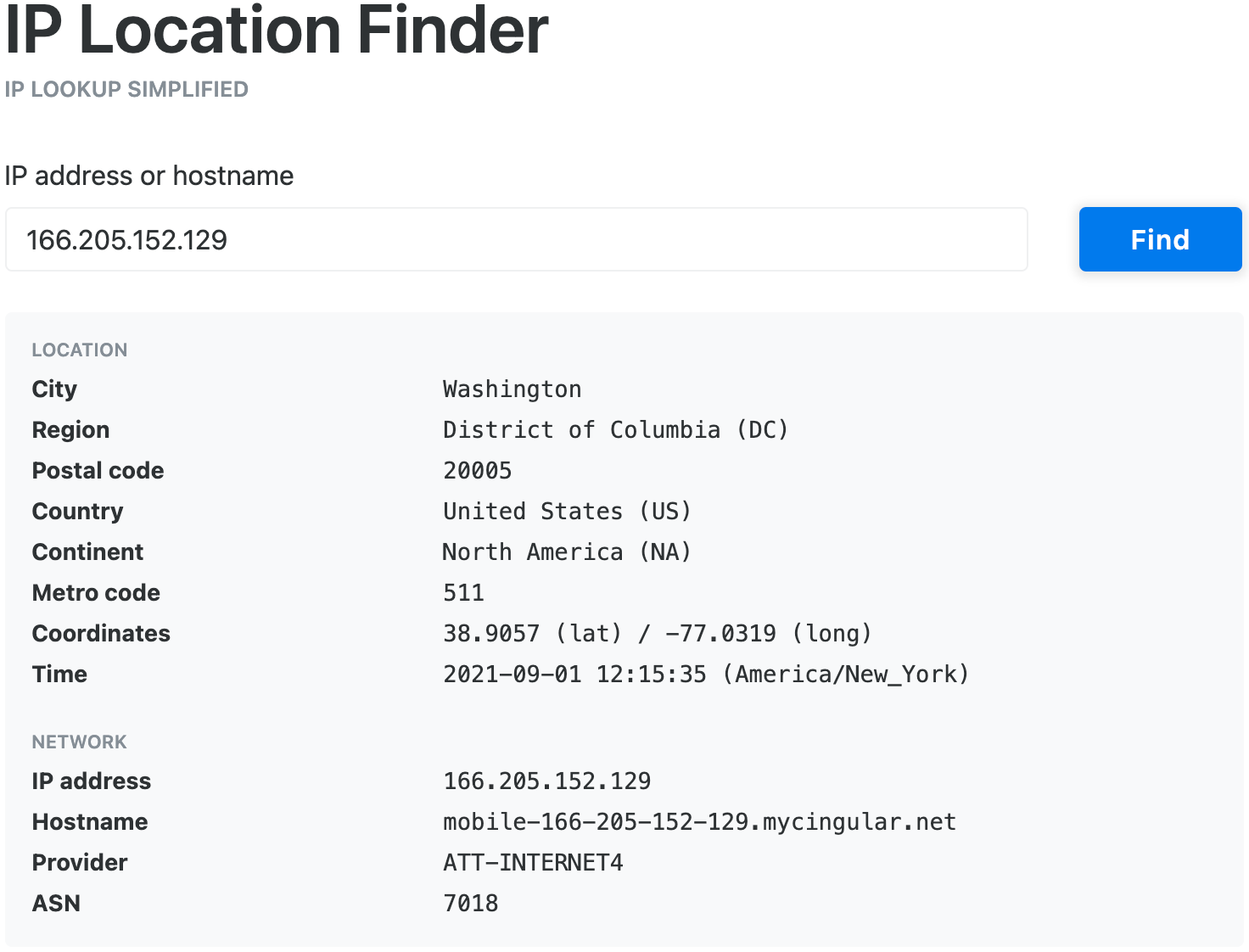Ping Tests/Latency
So far, when doing my ping tests (for each provider), I have been using either Google's 8.8.8.8 Anycast DNS IP or the IP address of drivetester.us which is using Cloudflare. In both cases, the ping should reach the datacenter that is closest/fastest to the phone's cellular provider. In this way, I've been trying to test as close to apples-to-apples as possible.
This got me thinking about one of the main points being made today in regards to putting data closer to the users. The term edge-computing comes to mind. The main point I want to make is that the cellular providers are going to move the Internet connections closer (or colocated) to the tower site. In the past, the user connected to the tower and transited through many other connections to reach the Internet. Sometimes, depending on the cellular provider, the Internet connection could be 100s or thousands of miles away. There was the potential for more bottlenecks (latency) to be encountered with the way things were (in the not so-distant past).
With 5G and even the newer designs of core networks, the cellular providers are putting the cellphone traffic closer. Here are some examples.
I am in a suburb of Philadelphia. Here are the IP addresses and approximate geo-locations of the Internet connection my phone is using.
I am using IPChicken in the phone's web browser to get the IP address. This is mostly a good way to get the IP but can be incorrect in some cases (if there is a web proxy being used). For the geo-location, I am using keycdn.com. Sometimes, the geo-ip location tools are not 100% accurate. One other way to see where the Internet connection is, would be to run a traceroute command.
Verizon

AT&T
For AT&T, what I'm assuming is a web proxy is different than the IP address that shows up when I use my phone to SSH into a server that I own. This first screenshot is the SSH session. Second screenshot (Philadelphia) is what shows up on Ipchicken.


T-Mobile

It seems like the providers are doing a decent job at keeping the data fairly close to me. At the most, AT&T could have one of my Internet connections in DC (which is about 150 miles away). T-Mobile shows Baltimore, MD which is about 100 miles away. Verizon is showing Philadelphia. In today's age, it is less than 5-10ms latency to any of these locations. I would assume that we may start to see the Internet connections come from closer to the tower locations eventually.